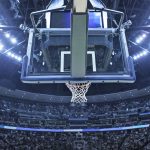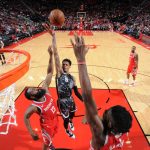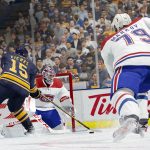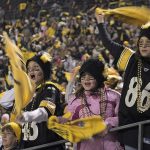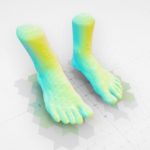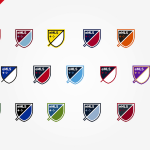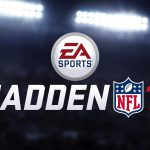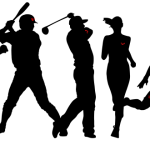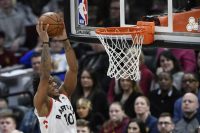The Quantified Player Comes To Super Bowl XLIX
Along with adding a whole new layer of quant nerdiness to the Big Game, the technology could help the NFL figure out how to make football safer.
When the Seattle Seahawks take to the field against the New England Patriots this Sunday, the players’ every move will be quantified like never before. That’s because their shoulder pads will have sensors embedded inside that beam statistics—including field position, speed, distance traveled, acceleration and relative proximity to other players—to “receiver tags” placed around the stadium. The data, which is gathered in real time, will then be used to augment NBC’s broadcast of Super Bowl XLIX.
Zebra technologies, a Chicago company that entered into a partnership with the NFL last July, has already outfitted 17 stadiums with its MotionWorks technology. “We’ve tested all kinds of technology for accuracy and speed and the Zebra technologies ended up being the best,” says Michelle McKenna-Doyle, senior vice president and Chief Information Officer for the NFL. “From an RFID perspective we can manage the frequency it travels on with great reliability, as well as giving some really cool additional data points for use in the broadcast or for fan engagement.”
The in-game statistics and analytics on nearly every player in the game has already been available to coaches and staff for most of the season, and it’s been used in broadcasts of NFL Network’s Thursday Night Football as well. But this is the first time such activity tracking technology has been used during a Super Bowl.

The MotionWorks RFID sensors—one in each shoulder pad—transmit positioning data in real-time to a central database. The information can be used in a near-live broadcast, though it’s mostly being deployed for replays and infographics. This means coaches and fans alike can identify if someone was beaten off the line of scrimmage or in the open field.
“All of the mechanics happen in less than seconds, right?” says Jill Stelfox, vice president & general manager, location solutions at Zebra Technologies. “There’s a one or two-second delay to the total game itself and we’ve got to fit in to all of that including the producer being able to understand or not understand but choose what to look at.”

The trickiest part of tracking a game is the number of players on the field at one time, and the oft-up close and personal proximity to each other. The use of two chips instead of one allows Zebra to determine not just position, but orientation—a data point crucial to understanding just a little more about what really goes on at the bottom of a scrum.
Pro basketball and baseball teams embraced player tracking technologies years ago, but have mostly used them internally to improve game play and prevent injuries. IBM mapped tennis player movements at this year’s U.S. Open and then turned the data into music.
In football, the players aren’t the only thing being tracked: Zebra’s MotionWorks has also been used to collect data from the ball itself. Given the huge stakes of pro football, compromising the integrity of the ball is simply not an option. (Just look at what happened in the conference championships.) But that doesn’t mean the league isn’t getting after it.
Just last weekend the NFL, Wilson and Zebra partnered to place a chip in almost every ball for the Pro Bowl. The NFL views it’s all-star game as something of an incubator. The league has tested virtually all of their technological advancements there, including instant replay for officials and video on the sidelines for players and analysis.
In an official statement, the league assured Fast Company that, “[It] worked very closely with [its] partner Wilson, who, after receiving tracking devices from Zebra, conducted comprehensive tests to ensure they could create an instrumented football that fit within NFL specifications and didn’t affect the characteristics of the football. The instrumented footballs were tested again during all Pro Bowl practices and the players were comfortable using them in the Pro Bowl on Sunday.”
But don’t expect to see any such experiment during the Big Game.
“One of the great things about the Pro Bowl is that it gives us a real live lab environment where you can actually duplicate 70,000 people in a stadium and a game environment,” says McKenna-Doyle. “We were just beginning to test the effect on ball movement and we’ve got some work to do around that to make sure that the integrity of the ball is maintained. We would never test anything at the Super Bowl.”

More than 2,000 players were tracked during games in 2014, and over 68 billion bytes of player position data have been gathered so far. Neither Zebra or the NFL is entirely sure what to do with all the information that’s been collected. But when it comes to the league’s pursuit of innovative player safety initiatives, such as concussion research, the league understands the potential value of a company like Zebra and the analytics it provides.
“Personally,” says McKenna-Doyle, “I don’t see why—in the future—the data around acceleration and impact from a sensor like this wouldn’t be used to analyze the impact of a [hit].”
[Football Photo: Pics-xl via Shutterstock]
(189)



